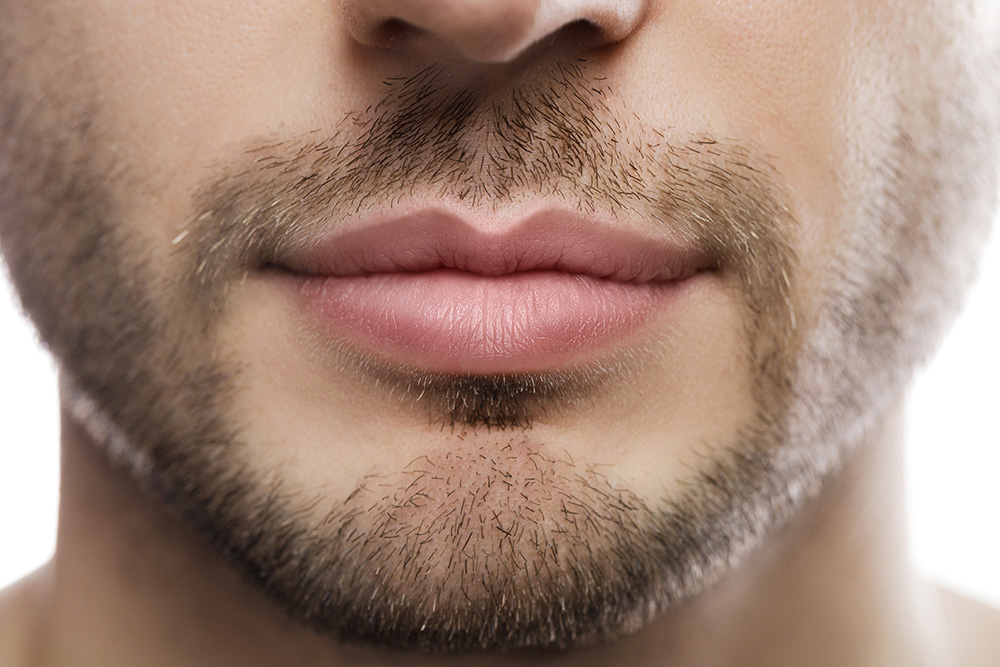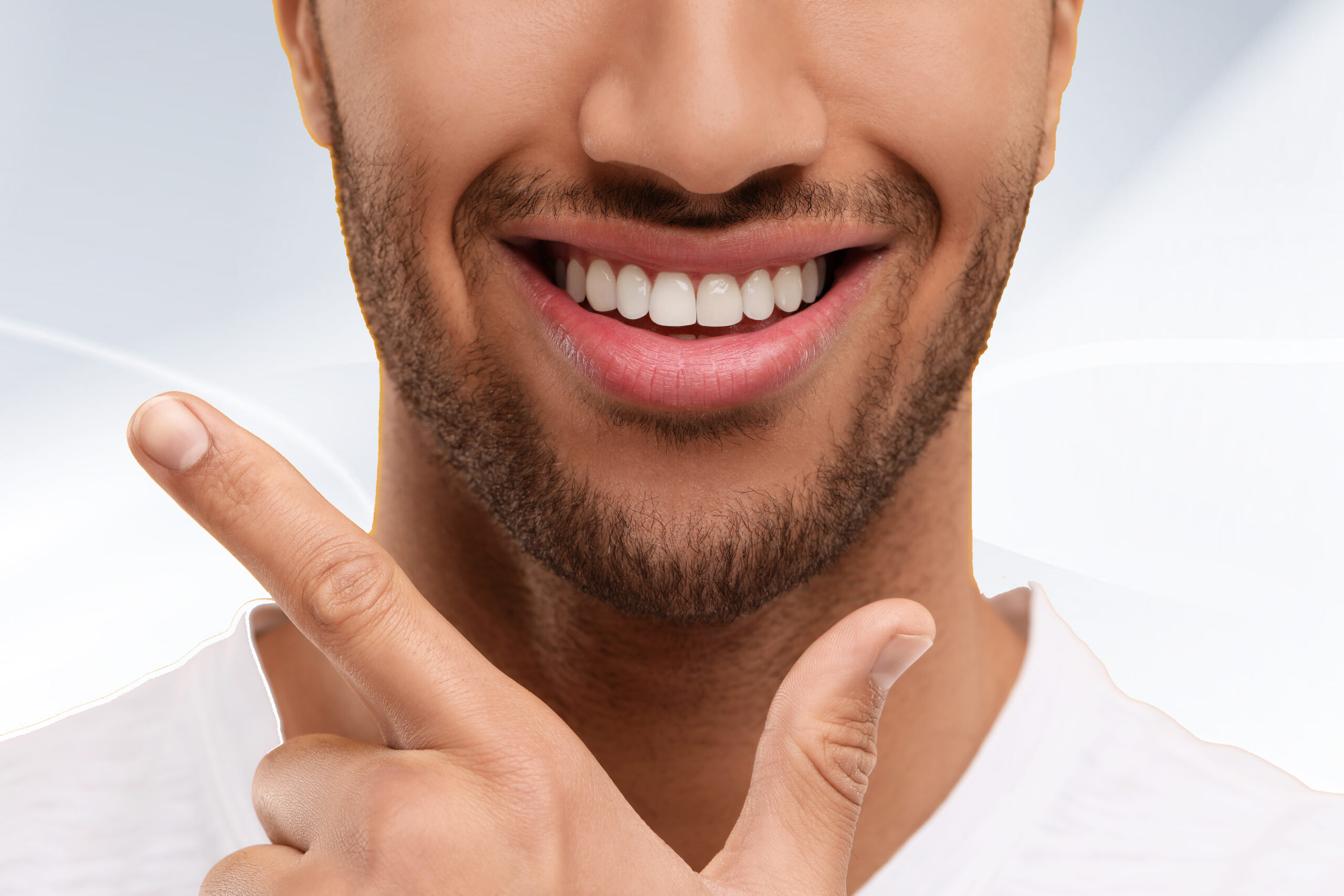Beard/moustache transplant
This can lead to a lack of self-confidence and social problems. The most effective solution for people who cannot grow hair on their face and moustache is beard and moustache transplantation.
Where are the hair follicles for beard and moustache transplantation taken from? The hair follicles required for the beard transplant can be taken from the cheekbone and neck areas. In addition, the hair follicles at the back of the head can be used for beard transplantation. Removing and transplanting hair in these areas requires skill. Neck hair is finer than beard hair. The most effective solution for hair loss or lack of hair growth on the upper lip of men is moustache transplantation. The hair roots required for the moustache transplant are taken from the nape of the neck. The hair follicles, which are taken individually from the nape of the neck, are transplanted to the upper part of the lip.
Transplantation with the FUT technique
The FUT method is actually a method that is no longer used. The method, which can be defined as hair root surgery, has many disadvantages. Surgically removing the roots causes scarring at the extraction sites. The hair roots are planted at the same angle as the beard and moustache areas, which causes the hair to grow upright. Wounds in the hair follicles heal slowly. Beards and moustaches grow in groups. Most importantly, the person experiences numbness, pain and tension in the neck.
Transplantation using the FUE technique
Beard and moustache transplantation using the FUE method is the most commonly used method in recent years. The hair roots are taken individually from the curved cheekbone or neck areas of the face. They are planted according to the natural emergence angle of the beard and moustache. Hair follicles are harvested and transplanted without a skin incision, so there is no scarring or pain. Beards and moustaches grow individually, not in groups. In addition, the risk of infection is reduced as there are no wounds.
Things to consider after the beard / moustache transplant It is recommended not to wear clothes that cause friction the day after the beard and moustache transplant. It is important that the person lies on their back on the first day. Bandages should not be applied to the beard and moustache area. Hair can fall off by sticking to the bandage. The face should not be washed for 48-72 hours after the beard and moustache transplant. In case of inflammation, the face should be washed with the cleansing kit used after the hair transplant. When washing the face for the first time, do not rub, but gently pat the face. It is recommended to wait until the 12th day after the first shave after beard and moustache transplantation. During this time, it is very important that the roots are fully preserved. After 12 days, the person can trim the beard and moustache with either a razor or a straight razor.
Sapphire head technology
Technology, an indispensable element of the health sector, continues to make our lives easier by making progress every day. The introduction of new techniques in the field of hair transplantation combined with high technologies increases naturalness and quality at the highest level.
Sapphire head technology, the new invention in hair transplantation technology, uses real sapphire tips. With the sharpness and durability of sapphire, it has been found to have the potential to heal 2 times faster especially after the treatment is completed by preventing scarring. Sapphire tip technology has given the hair transplant industry the ability to achieve a visibly natural appearance. It has proven to be a very useful technique in this regard.
In operations where sapphire-tipped needles are used, 3-dimensional and naturally angled channels can be opened on the skin. As the opened channels are the same size as the hair follicles, this reduces damage to the transplanted tissue and allows us to monitor problems such as edema that can occur at lower levels after application. This shows that patients can be more comfortable in every way after surgery.
The sapphire tip technique allows the person to return to their social life after 2 days and the transplanted hair to grow from the 3rd month. In addition, with the sapphire tip technique, we can achieve a more luxuriant appearance by planting 70 to 80 roots per square centimeter.
Thanks to the sharpness of the blades, sapphire technology enables particularly fine and very precise treatment, creating a completely natural and dense hair appearance. We will be happy to advise you personally and answer all your questions.


